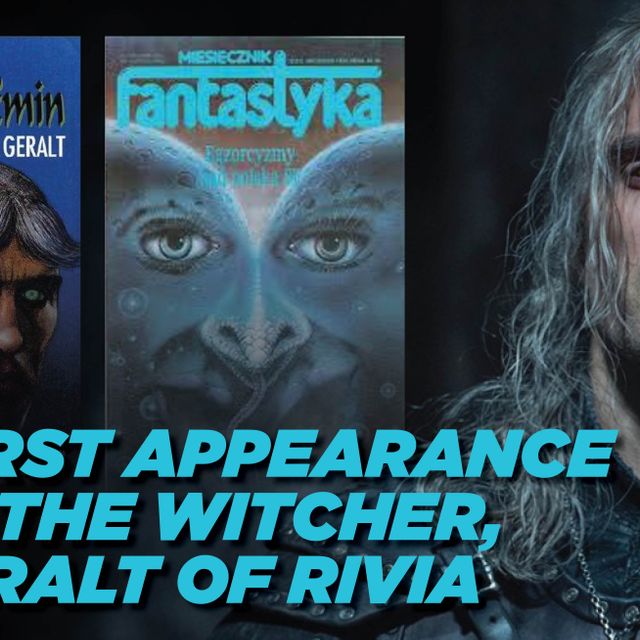
In a previous post, I mentioned how I went to see an Investment Planner for comic books. There I learned diversification is one way that Investors and Speculators can minimize their risks and protect their comic book investment.
Comic Age is Important
 Golden Age. Silver Age. Bronze Age. These are important to describe comics but for a proper comic book portfolio the most important age is your age. At 60 years old you may not want to take many risks with retirement assets. A 25-year-old may not have the funds to invest in costly books. The Millennial's portfolio may be 80% risk (variants, speculative picks, modern) and 20% safer (Silver, Bronze, Golden). For the 60-year-old, that figure may be reversed. These risk percentages can vary depending on your tolerance for losing money, but those numbers are good figures to use as a baseline. Your age should be the main factor to determine risk for most investors.
Golden Age. Silver Age. Bronze Age. These are important to describe comics but for a proper comic book portfolio the most important age is your age. At 60 years old you may not want to take many risks with retirement assets. A 25-year-old may not have the funds to invest in costly books. The Millennial's portfolio may be 80% risk (variants, speculative picks, modern) and 20% safer (Silver, Bronze, Golden). For the 60-year-old, that figure may be reversed. These risk percentages can vary depending on your tolerance for losing money, but those numbers are good figures to use as a baseline. Your age should be the main factor to determine risk for most investors.
One Book...Two Levels of Risk
A good Investor and Speculator (the two are different!) want to pick out undervalued books to add to their collection. Buying undervalued books can be risky. These books can be hot off the rack or a book such as Batman #1. What? Wait? How can the purchase of the Iconic Batman #1 be risky?
An older investor is looking at comic books being undervalued in the short term while a younger investor may look at the same book thinking of the long term. For an older investor, Batman #1 has reached its ceiling and not a risky investment...FOR THEM! For a collector in their 40s who buys this book to hold for 20 years, this purchase may be a risky acquisition of what they perceive to be an undervalued comic. The more time passes the greater the risk. Always remember lesson one: Age is important in assessing risk.
Even Risk Can Be Diversified
These are examples of some investment choices I have made for a fictional middle age collector and the risk assessment I associate with the comic books.
High (Year of the Villain: Hell Arisen #3)...

When a villain rises to such a high level of popularity they transcend being evil and transition to anti-hero. First, they get featured in stories, next, their own comic book titles, and finally a movie. After that, they get their own villain that is based upon a more evil version of themselves. That is when a character is created like Carnage...oops I mean Punchline.
This is a book that is already in the crosshairs of most investors because of the 1st full appearance of Punchline. Why is this book ultra risky? The Venom/Carnage and Harley Quinn/Punchline comparison is very relevant. FOMO may be why some invested in this book. The difference is Carnage and Harley Quinn have a history and Punchline does not. Even with low census numbers time will tell if she ever rises in popularity and holds the value of Carnage's or Harley Quinn's 1st appearances. Until then, Hell Arisen #3 is a highly risky book to invest in for copycat of a copycat.
...Medium (Thundercats #1)...
THUNDER...THUNDER...THUNDER...THUNDERCATS HO!!!!!... Thundercats #1 is a comic based on a cartoon series from 1985. The last cartoon version aired this year. This book is pretty steady when it comes up at auctions with little price deviations, but what if a live-action film is produced? We have seen toys, video games, and television shows adapted to movies so why not the Thundercats? If Thundercats ever becomes a movie this book will explode in value. A safe bet now, this book could be seriously hot if it ever hits the theater. It does have a little bit more risk than my next choice because as the population ages fewer people will be familiar with these characters. I look to the prices being paid for The Flintstones, The Munsters, and Lassie as an indicator that even iconic characters can lose their luster if they do not appear regularly in the eyes of the public.
...Low (Amazing Spider-Man #37)
As hobbyists, we have seen so many times where a character is introduced in a storyline and later that character is revealed to be a new villain or hero. That is not the case with Norman Osborn. His first appearance comes after he originally appeared as  The Green Goblin in ASM #14. He is that unique. If you have a major story arc to be told in Marvel Comics, then chances are the versatile Norman Osborn will be a part of it. So how can buying such an iconic character's first appearance in such an established comic book be speculation? THE MCU!
The Green Goblin in ASM #14. He is that unique. If you have a major story arc to be told in Marvel Comics, then chances are the versatile Norman Osborn will be a part of it. So how can buying such an iconic character's first appearance in such an established comic book be speculation? THE MCU!
Prices can rise on this book because it is an early edition of ASM with a first appearance of a major character, but if that character appears in the MCU then you will have a run on this book (and ASM #14). He has the ability to be a major villain that appears across films in the MCU. Until that time though this book is a safe investment with little risk to the buyer. This book demonstrates that even older books can be targets of Speculators.
Fifty Shades of Risk
Risk is always relevant. Various factors can influence the degree of risk we see in comic books, but the common variable that should dictate our risk assessment is age. The older we are the lower the percentage of risks we should be taking with investments, be it in stocks or comic books.
Even risks can be categorized and differentiated. If we can identify the different degrees of risk we can maximize the successes of in our choices of investments. The GoCollect FMV and Census data will assist you in determining what is a large gamble and what is a small risk. Not using this information makes your comic book investment a true roll of the dice. Be smart. Invest smart. Manage your risk.





